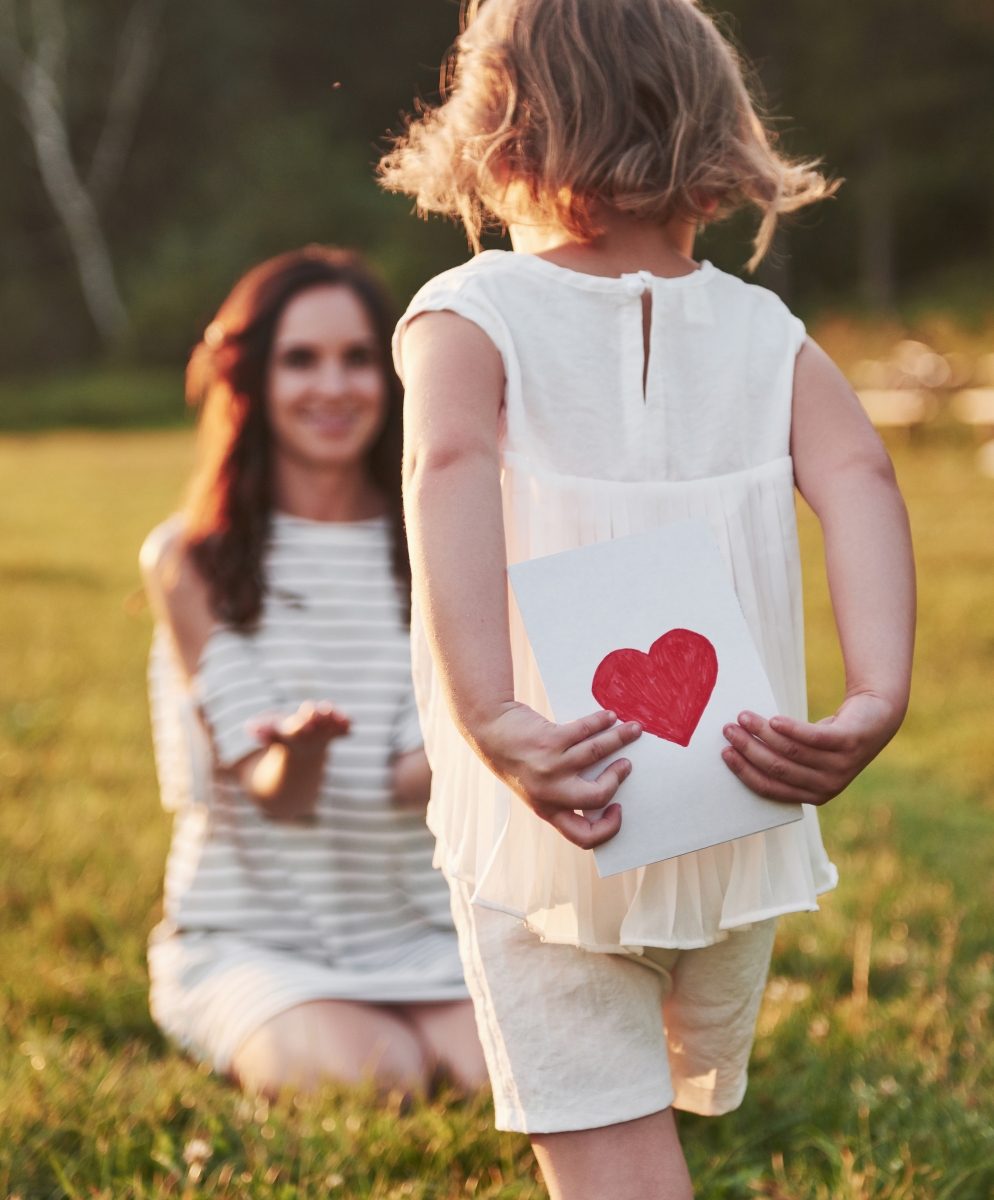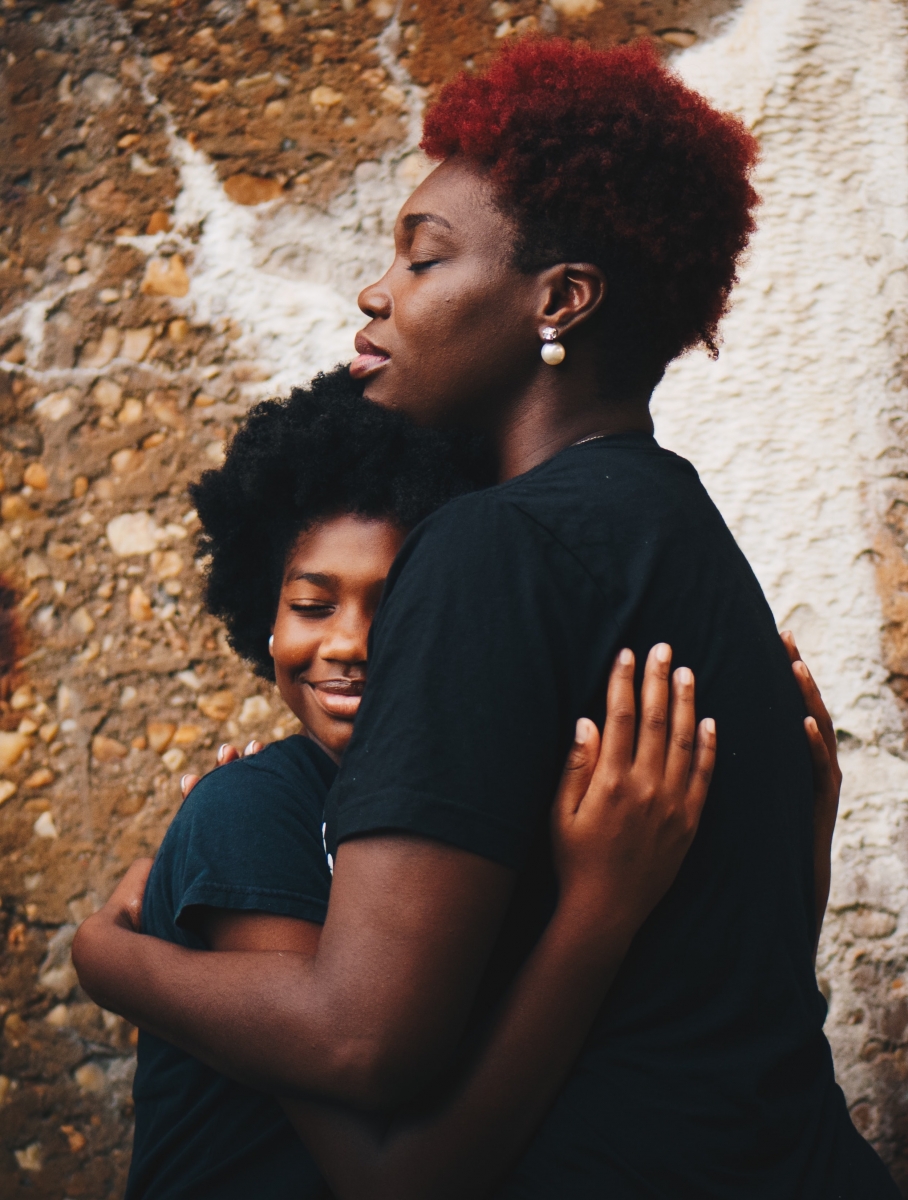 Despite the challenge and chaos of living through an ongoing pandemic, there are moments of goodness in our lives. Read on to learn how to maximize the benefits of good news with adults and children alike!
Despite the challenge and chaos of living through an ongoing pandemic, there are moments of goodness in our lives. Read on to learn how to maximize the benefits of good news with adults and children alike!
Trivial triumphs may not have more than a fleeting effect on our moods as they occur, but have the potential to bring us closer to loved ones and nurture resilience in our children. According to research by Dr. Shelley Gable, the key to turning small moments of goodness into relationship-strengthening gems lies in how we talk about them: frequently, actively, constructively, and responsively. Doing so is directly linked with greater commitment, satisfaction, intimacy, and trust in close relationships. In fact, Dr. Gable believes that how we celebrate the good in our relationships is a stronger predictor of their success than how we fight![1]
Make the Most of Good News with Active Constructive Responding
As Dr. Martin Seligman describes in Flourish: A Visionary New Understanding of Happiness and Well-being and summarizes in this video, Active Constructive Responding is a powerful practice for amplifying the benefits of positive events in our lives. At its core, Active Constructive Responding is about seeking out positive events and sharing them with others. It is also about listening wholeheartedly when people share good news with you, and responding with enthusiasm and sincerity. According to Dr. Seligman, doing so consistently with the close others in your life has the potential to “turn good relationships into excellent ones.”
 Activity for Adults: Share Your Highlights Reel
Activity for Adults: Share Your Highlights Reel
Responding to good news actively and constructively means listening attentively and responding with positive words, facial expressions, and body language. It means engaging with the emotional content of what the other person is telling you and trying to meet them there.
Plan a regular time each week to share the top three joyful things you experienced with a close friend, family member, or partner. Take turns sharing your good news while the other person just listens – no interrupting! – and uses active, enthusiastic body language and eye contact to show that they’re really hearing you. Once the sharer is done talking, the listener can respond verbally. Beware of falling into the traps of passive and destructive responding, as described in this video. Then switch listener and sharer roles. Go back and forth like this until you have both shared your top three highlights of the week. Making this a habit helps to build up relationships and foster connectedness and emotional intimacy.
 Activity for Children and Youth: Be Good News Detectives
Activity for Children and Youth: Be Good News Detectives
In the morning, prompt a child or youth to be on the lookout for good news today (and every day!). At dinnertime or bedtime, invite them to share two good things that happened that day: one good thing that happened to someone they know, and one good thing that happened to them. Ask them to describe how they responded when someone shared good news with them, and coach them to develop Active Constructive Responding skills.[2]
Model Active Constructive Responding when they share their own good news with you, too! Then take a moment to reflect together on how talking about positive events in this way made each of you feel. This is a wonderful exercise to get in touch with (and reap the benefits of) gratitude before bed.
It is also a powerful practice to nurture receptivity, rather than reactivity, in young people. According to Dr. Daniel Siegel[3] in The Yes Brain, helping children and youth develop receptivity towards life events paves the way to resilience in childhood, adolescence, and beyond. Nurturing receptivity in young people means helping them learn how to observe and assess input from their surroundings and respond proactively, rather than reactively. According to Dr. Siegel, doing so enables children and youth to consciously choose their responses to life events (good or bad) and act mindfully, rather than automatically reacting in ways that may be unhelpful, or even harmful.
In a study of 79 dating couples, Gable et al. (2006) found that responses to discussion of positive events was more strongly linked to relationship well-being than discussion of negative events. The authors concluded that we cannot overlook the “role that positive emotional exchanges play in building relationship resources.”
In addition to the relationship benefits discussed above, sharing good news with others can lead to decreased depression symptoms, increased self-esteem, greater sense of control over one’s life, and enhanced positive affect.
Dr. Daniel Sigel is a clinical professor of psychiatry at the UCLA School of Medicine. He is also the founding co-director of the UCLA Mindful Awareness Research Center and executive director of the Mindsight Institute. Learn more about his “Yes Brain” approach in this interview.
Active Constructive Responding skills include:
• Making eye contact
• Showing genuine enthusiasm (if they feel it)
• Inviting the other person to retell (and relive) the story of what happened
• Responding positively in ways that celebrate the good news rather than dismissing or down-playing it